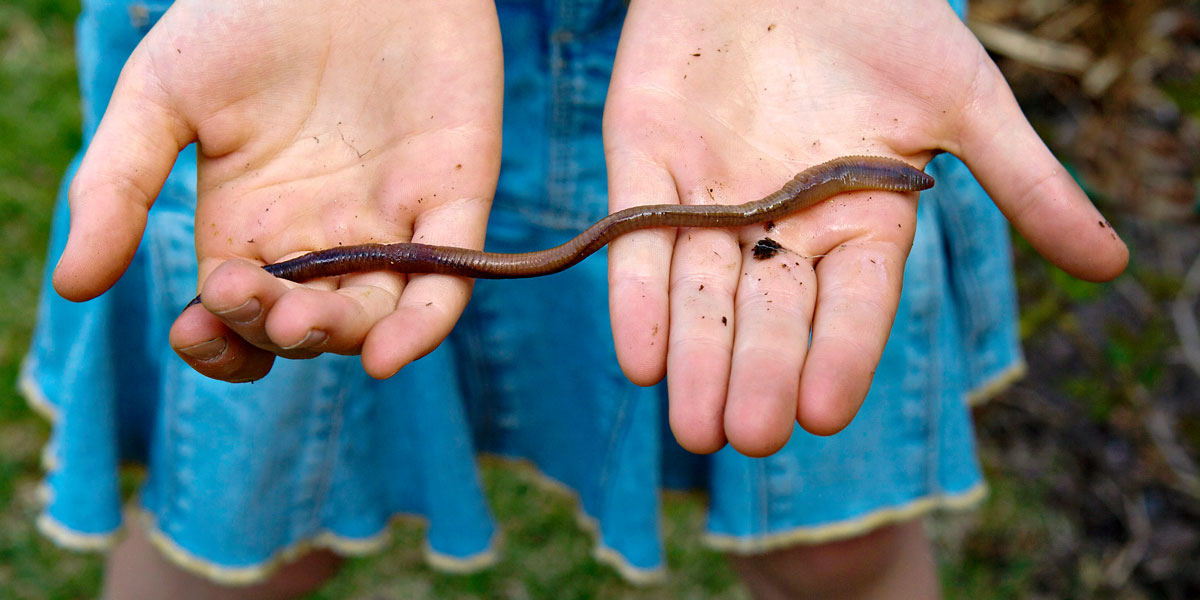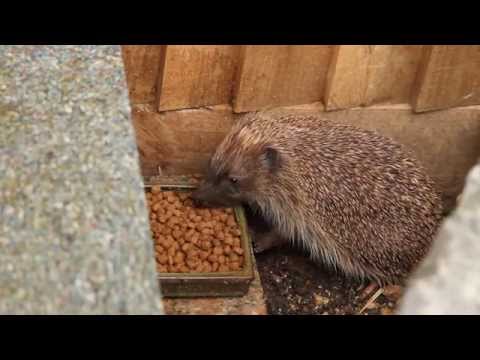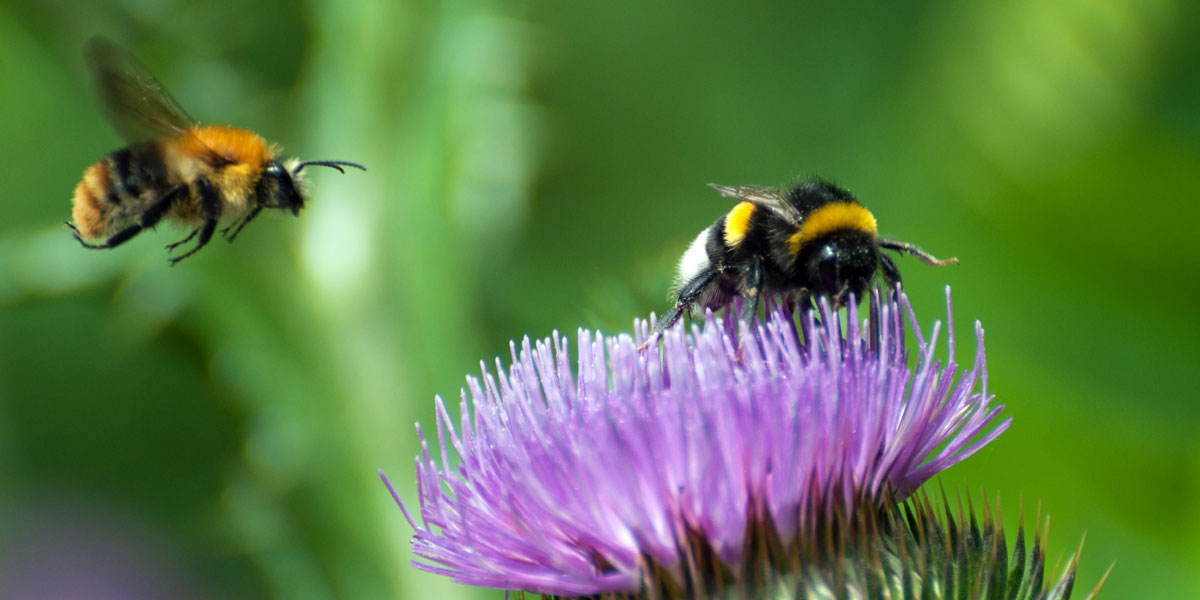Explore Our Garden Wildlife Blog
Browse or search by Category or Keyword below, alternatively click on any Tag to see related articles.
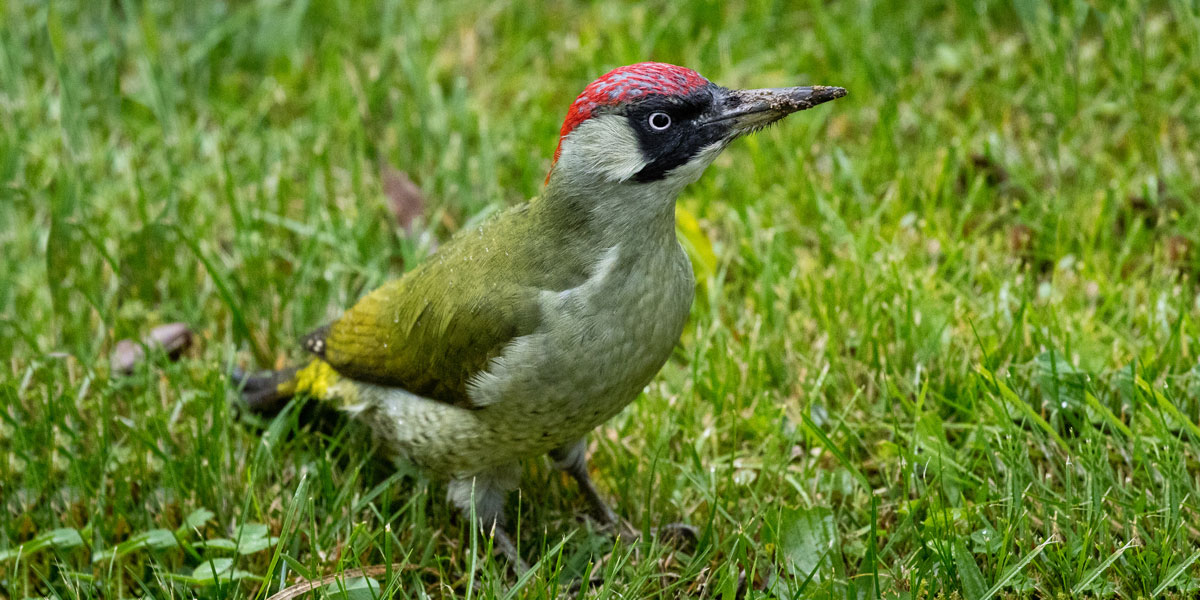

Green Woodpecker, Identification, Habitat and Food
By Ark Wildlife
20th August 2013
Last Updated: 7th March 2023
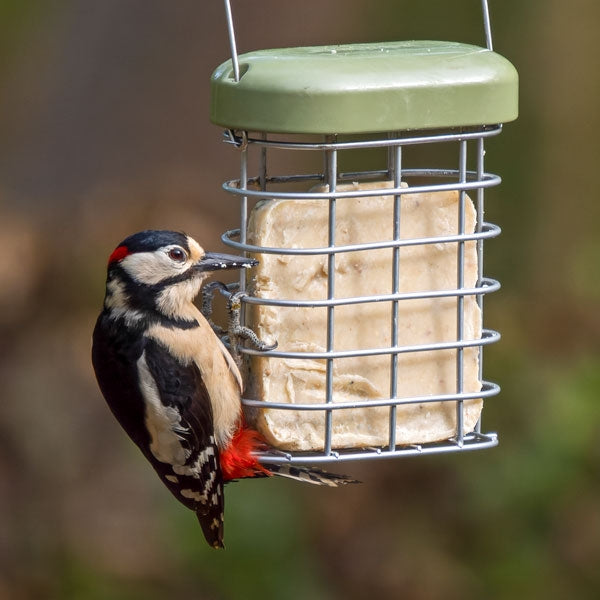
Identification
Length: 31cm.
This woodpecker can be distinguished by its green plumage, which is vivid on the upper parts and paler on the under parts. The crown is red and the rump is yellow. Its moustachial stripe is red in the male and black in the female. The youngsters are paler.
Their tail is short and they have a strong pointed bill. They climb up tree-trunks where they move in jerky hops, hunting for food, supported by their tail feathers, which are held down against the trunk. The Green Woodpecker will also feed off the ground. Their flight is very distinctive, with spells of undulating flight with folded wings alternating with every third or fourth wing beat.
This bird is not very sociable and lives alone, except during the breeding season. During courtship the male pursues the female around a tree trunk. When adopting a defensive attitude, the male sways its head from side to side, with its crest erect and its wings and tail spread. Unlike many other woodpeckers it only drums in spring.
Call
A loud, ringing peal of laughter.
Reproduction
Breeding starts from late April onwards. The nest is excavated in tree trunks and the entrance is generally elliptical. It will lay between five and seven oval white eggs per clutch. Incubation is carried out by both parents for eighteen or nineteen days and the young are reared by both parents. They are fed on regurgitated food.
Habitat
Lives in deciduous forest, parks, thinly wooded areas and along hedgerows. At Ark Wildlife, we sell woodpecker nesting boxes which encourage natural nesting habits.
Natural Food
Mainly the larvae of insects, which live under bark. Also ants, berries and other plants.
Ground Feed – Scatter food in the open






